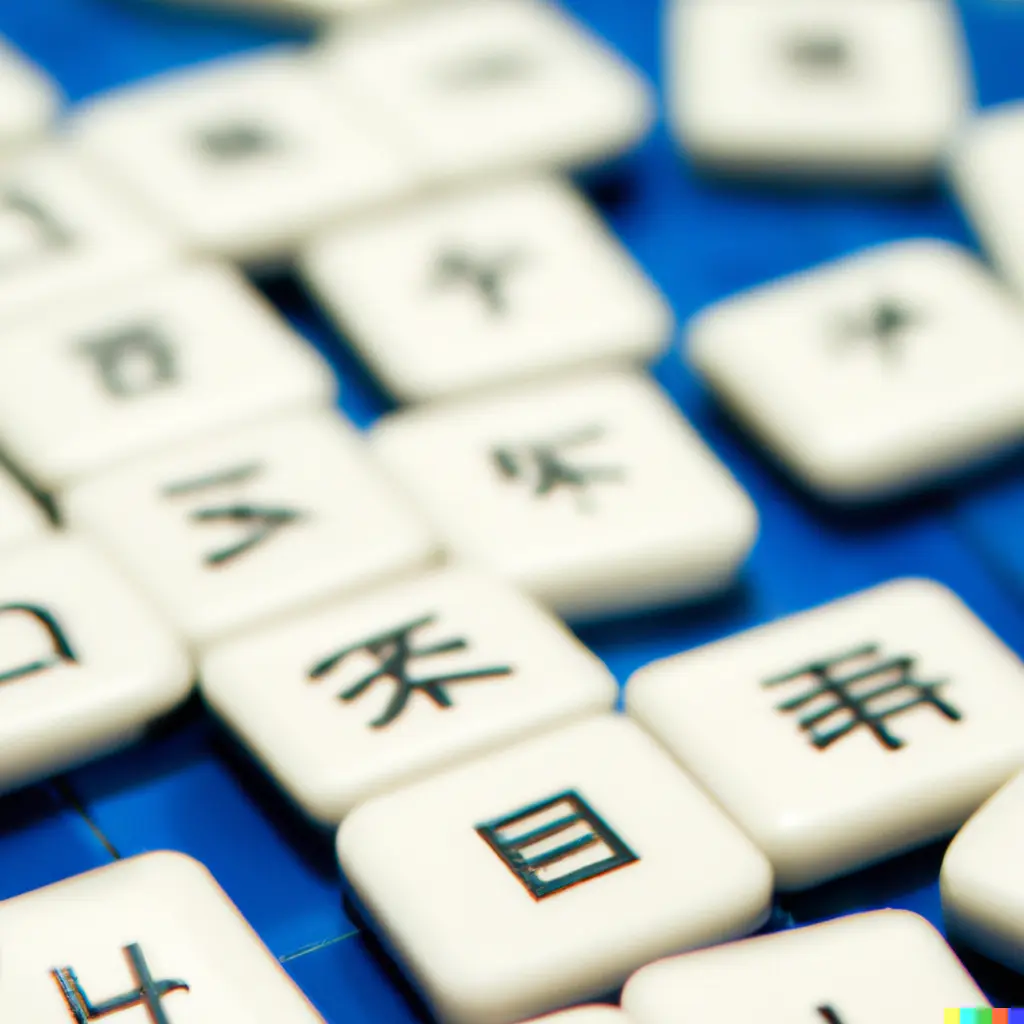Mnemonic System for Learning Chinese Characters

To achieve literacy in Chinese, one must first memorize thousands of characters, also known as hanzi.
For native speakers, this is done slowly over the entire course of grade school. Each one is memorized through brute memorization which includes methods such as writing new ones again and again and again until it is seared into the mind.
At HanziHero, we have formulated our own method for memorizing characters that helps second-language learners learn thousands of Chinese characters in as little as a year. It does this by breaking each character down into its various parts, and combining those to form a mnemonic story that helps each part stick in the mind.
In this article, we will go over the parts of a Chinese character. Afterwards we will introduce a method of converting each of those parts into memorable story elements. Then we will show an example of taking those elements to make a mnemonic that helps us remember one of the most common characters, to illustrate the method.
- The parts of a Chinese character
- Primitive methods of memorization
- Associating story elements with each character part
- Creating a mnemonic story
- An entire mnemonic system, just for you
- Try it for free
The parts of a Chinese character
A Chinese character can be broken down into three main parts: it’s appearance, meaning, and pronunciation.
The appearance of a character is simple enough, it is just how it looks. Each character consists of various groups of strokes, known as components. For example, the character for “good”, 好, consists of the components 女 and 子 horizontally arranged.
The meaning of each character is less readily apparent, but just as important. As previously mentioned, 好 means “good”. These meanings combine to form words or phrases. For instance, the character 吃 means “to eat”. It can be combined with 好 to form the word 好吃 which literally means “good eating”, or “tasty”.
Lastly, each character has its own pronunciation. In the case of 好, it is pronounced hǎo . Each character in Mandarin is pronounced as exactly one syllable, and that syllable has three aspects: an initial, a final, and a tone. The initial is just the beginning part of the syllable, the final the end part of the syllable, and the tone is which of the four tones it should be read with. For hǎo , the initial is h- , the final is -ao and the tone is the third one which is represented by the symbol above the “a”.
Primitive methods of memorization
The task for the student of Chinese, then, is to learn each of these three parts for each character. The simplest way to do this is to drill each one again and again and again until it sticks. For example, one could make a flashcard that has the character on the front and the meaning or pronunciation on the back.
However, these methods are extremely inefficient and frustrating. More importantly, they fail to build up a more thorough understanding of how Chinese characters work. In our anecdotal experience, most students who end up giving up on Chinese do so because of the frustration of learning Chinese characters with such methods.
Associating story elements with each character part
Instead of that, HanziHero uses a different approach that makes a mnemonic story for each character. Each story weaves together the various parts of a character into one memorable whole. However, in order to do this, we had to first make each of those parts more “story-friendly”. After all, it is hard to tell a story about an abstract sequence of strokes 好 or a difficult-to-pronounce syllable hǎo !
To illustrate this, let’s turn the various parts of the character 好 into story parts we can use.
Using each component’s name
Character 好 hǎo consists of the components 女 and 子. Those components actually have their own name! The 女 is “woman” and 子 is “child”. If you look closely, you can actually see how these groups of strokes vaguely approximate the visual form of a woman and child respectively. So we can describe 好 as a character which consists of the components 女 woman and 子 child horizontally arranged.
Pinyin initials as people
Each pinyin syllable has three aspects, one of which is the initial. In the case of hǎo , the initial is h- . To represent this initial, we can choose a person who begins with the letter H. Any story that contains that person signifies that the pinyin pronunciation has the h- initial! Anyone will do, but let us choose Harry Potter to represent this initial.
Pinyin finals as settings
The pinyin final of hǎo is -ao . To represent this final, we can choose a setting where our mnemonic story takes place. -ao sounds somewhat similar to “cow”, which are usually found at a barn, so let’s choose that as our representation. Now any story that takes place in a barn will signify that the pinyin final is none other than -ao !
Tones as locations
There are four main tones in Mandarin. The first or high tone, the second or rising tone, the third or low tone, and the fourth or falling tone. Given how abstract tones are, it is difficult to associate them with anything concrete. So we will arbitrarily decide to associate each tone with a location within our setting that was determined by the pinyin final. The third tone of hǎo can be represented by the cellar of the barn, which is the “lowest” location within that setting. So any story that takes place in the cellar or basement of a setting will represent that the tone to be used in pronunciation should be the third or low tone.
Creating a mnemonic story
Now that we have made each part of a Chinese character story-friendly, we can weave them into a story. Here is the mnemonic we have for 好 in our own course:
Harry Potter (h-) is in the cellar (third tone) of the barn (-ao) that his parents once owned. He comes across a picture of himself as a child (子) with a woman (女) whom he recognizes as his mother. He chokes back tears and mutters: “Voldemort stole everything good (meaning) from my life…”
If you remember this story, you will be able to successfully associate the character 好 hǎo with the meaning “good” and the pronunciation hǎo . Each time you see those two components 子 child and 女 woman next to each other, you will be able to picture a teary-eyed Harry Potter reflecting upon his life in the cellar of a barn, and pluck the meaning and pronunciation from that picture! As you remember this again and again, the story will eventually fade away, leaving only the essential information you need. At that point you will be able to recall instantly, without relying on the story, the meaning and pronunciation of a character.
An entire mnemonic system, just for you
As we see with 好, a mnemonic can make a strange symbol suddenly understandable. The one downside is the amount of time it takes to make each story. What HanziHero does is all that work for you!
We have identified and extracted over five hundred different components that are present in the many thousands of Chinese characters. We have given a name to each of those components along with a description or story that explains the reason behind each name.
Likewise, we have associated a person to each pinyin initial, a setting to each pinyin final, and a location to each tone. Each of those associations has a story or explanation, along with brief explanations about how various pinyin sounds are pronounced.
Lastly, we have broken down over 3,000 Chinese characters into their components and pinyin parts and created a hand-made mnemonic for each.
Our curriculum works hand-in-hand with our spaced repetition system to regularly quiz you on everything you learn, to ensure you remember each component, sound, character, or word.
Try it for free
We’ve made the first month of content on our course free forever, to allow anyone to give our system a try to see if it is suitable for them. No obligation or credit card required. That free content will teach you around 100 characters, 100 components, as well as most of the pinyin initials, finals, and tones. Oh, and it’ll teach you around 100 basic words, too!
Ready to start learning Chinese characters? Create an account for free and give it a try!
